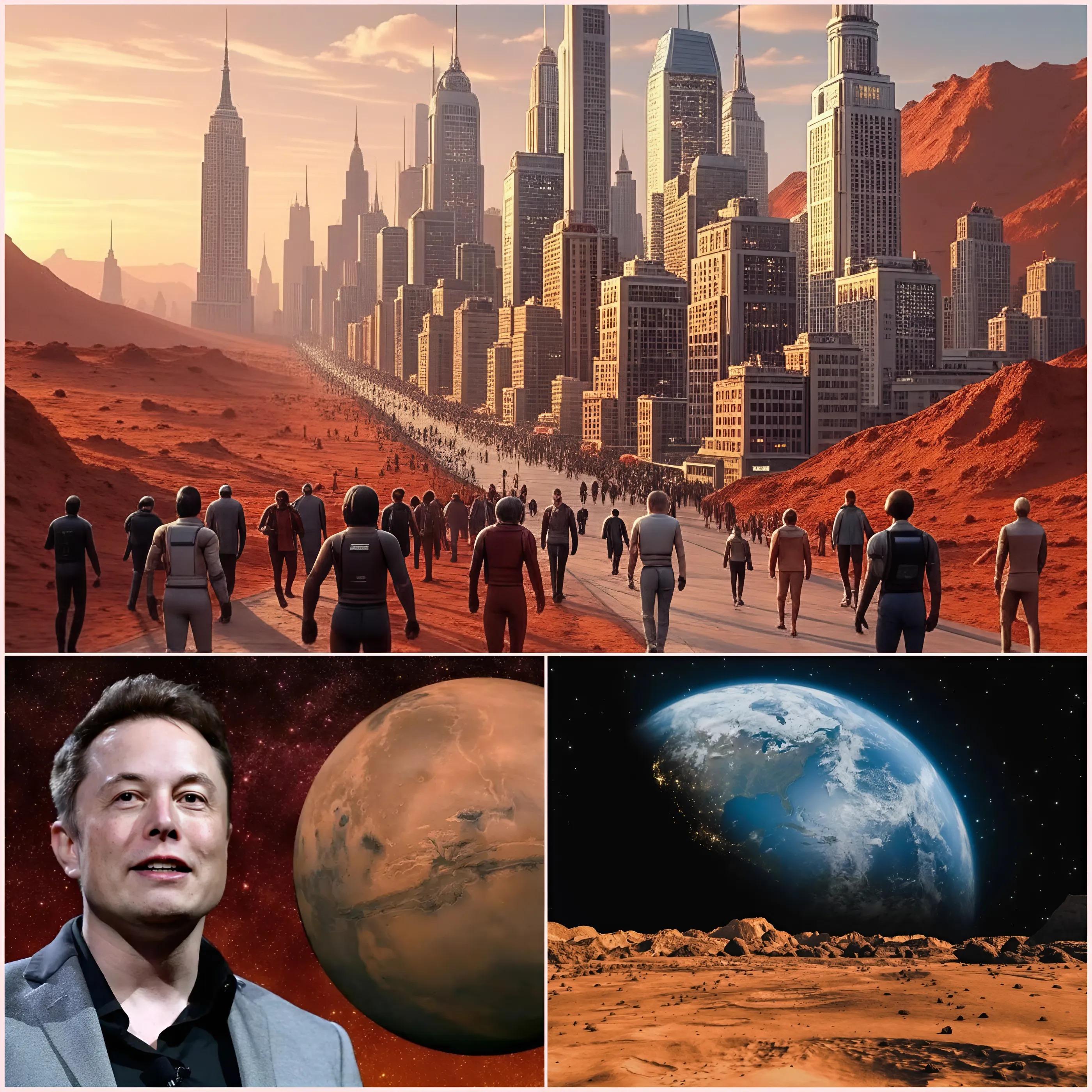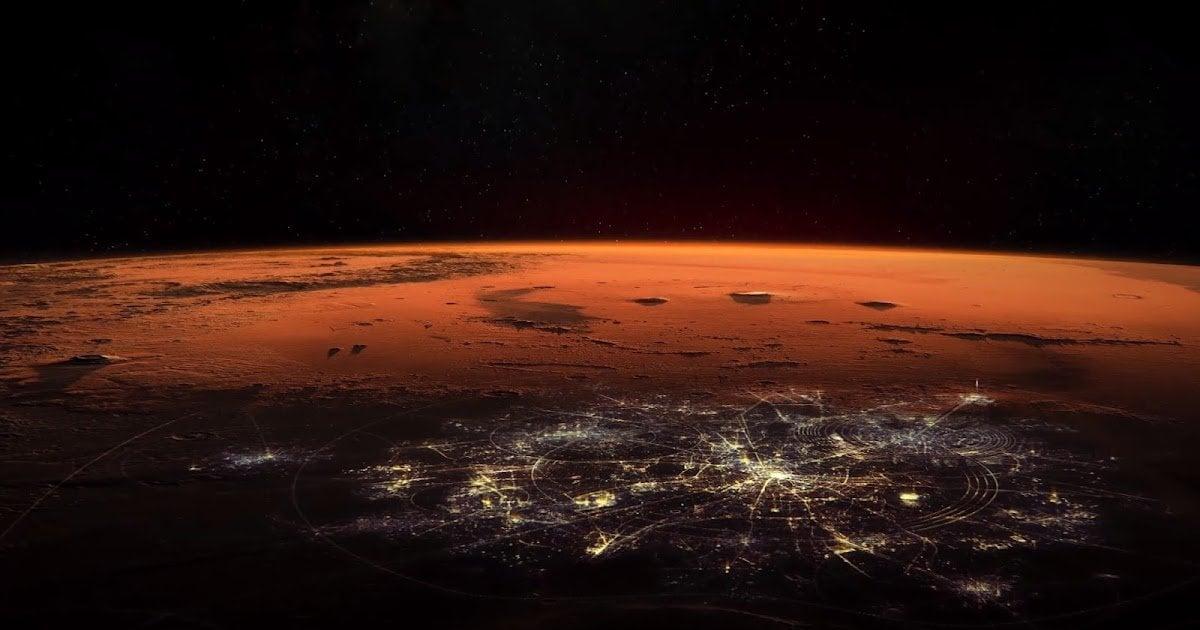![]()
![]()
![]()
🔥BREAKING NEWS: No longer a fantasy, the prospect of humans living on Mars is getting closer than ever as Elon Musk has officially announced, “Get ready, 2050 will be the year we land on Mars.” 👇👇

In a bold declaration that has captured global attention, Elon Musk, CEO of SpaceX, has reaffirmed his ambitious vision: humanity will set foot on Mars by 2050. This announcement underscores Musk’s longstanding commitment to making humans a multiplanetary species, a goal that has transitioned from science fiction to a tangible objective.

However, the path to Mars colonization is fraught with challenges. Experts have raised concerns about the technical, financial, and ethical implications of such a venture. Critics point out the immense costs involved, the health risks posed by prolonged exposure to cosmic radiation, and the psychological effects of living in a confined, isolated environment. Moreover, the feasibility of creating a self-sustaining ecosystem on Mars remains a subject of debate.
Despite these concerns, Musk remains undeterred. He has proposed innovative, albeit controversial, methods for terraforming Mars, such as detonating nuclear weapons over the planet’s poles to release carbon dioxide and warm the atmosphere.
In the near term, SpaceX plans to commence uncrewed missions to Mars within the next few years, with crewed missions to follow. These initial missions aim to test the technologies required for safe transport and to begin the development of infrastructure necessary for human habitation.
As the 2050 deadline approaches, the world watches with anticipation. Musk’s vision of a human presence on Mars challenges our understanding of what’s possible and inspires a new e

Musk’s plan is not limited to a single mission. He envisions constructing a fleet of 1,000 Starships, with the aim of launching three per day during optimal Earth-Mars transfer windows, which occur approximately every 26 months. This ambitious schedule is designed to transport up to one million people to Mars by 2050, laying the foundation for a self-sustaining city on the Red Planet.